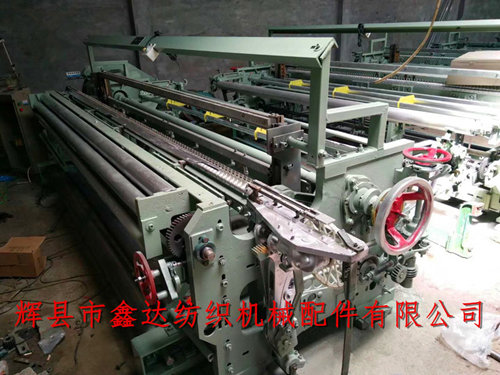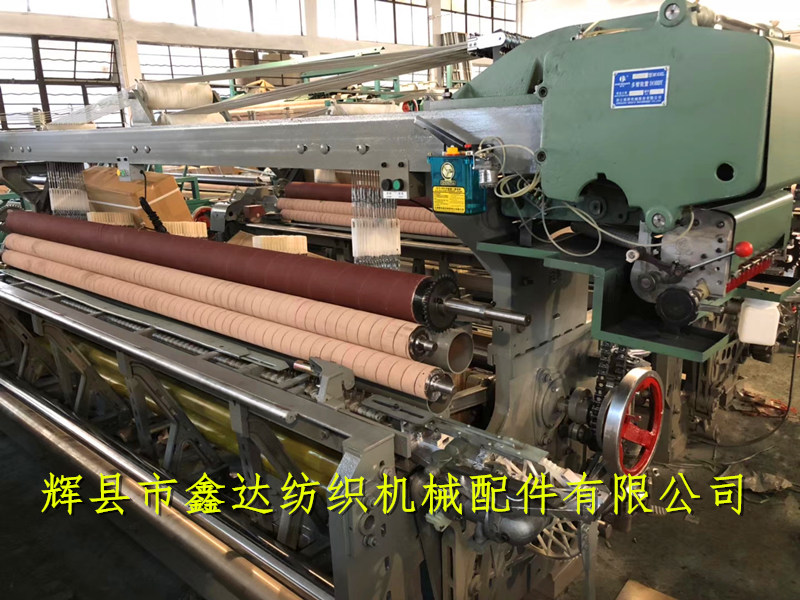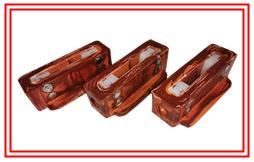- Textile Accessories
- Shuttle Loom Parts
- Textile Equipment
- 1511 Textile Machine Parts
- 1515 Textile Machine Parts
- GA615 Shuttle Loom Parts
- Textile Hardware And Tools
- Weaving Machinery
- Textile Auxiliary Equipment
- Textile Picker and Buffer
- Textile Wooden Parts
Types And Characteristics Of Weft Insertion Mechanisms In Rapier Looms

This article focuses on introducing the types and characteristics of weft insertion mechanisms for various rapier machines. Rapier machines can be divided into rigid rapier machines and flexible rapier machines based on the characteristics of weft insertion mechanisms. Generally, flexible rapier machines are commonly used, which use composite materials or carbon fiber materials for toothed hole rapier belt weft insertion. The rigid rapier machine uses a straight rod for weft insertion, which is composed of hollow aluminum alloy, stainless steel, or carbon fiber materials.

The above picture shows a flexible rapier machine used for weaving fiberglass screens. Relying on the power of the rapier box to drive the rapier wheel to cooperate with the toothed rapier belt for horizontal displacement, thus achieving stable weft feeding and receiving.

The weft insertion structure of the flexible rapier machine has a slide (track piece), and the rapier belt adopts a curved slide. The release cam impacts the yarn clamping rod of the rapier head to release the weft, which is a common weft insertion method.

The rigid rapier machine uses a straight rod made of stainless steel, carbon fiber, and aluminum alloy materials combined with a shuttle rod for weft insertion. Its characteristic is that it cannot be bent and can be retracted in a straight line. It does not require a rapier belt or guide rail, and is suspended for weft insertion, with good handover stability. It can weave special fabrics, but the body occupies a relatively large area.







